On the 30th anniversary of the launch of the McLaren F1, we revisit the venerable supercar that genuinely changed the game.
The McLaren F1 sits in the sun just as it did all those years ago. Twenty-five to be precise, almost to the day since we carried out its one and only proper road test. But today it has a new generation of fans to pore over its carbonfibre bodywork, find the most dignified way into its driving seat and experience what we did two and a half decades ago. You’ll be hearing from them shortly.
This is no small thing we are doing and I’ll tell you why. McLaren F1s are vanishingly rare. Of just 64 standard production road cars built, McLaren estimates that fewer than 10% are in regular use. So that’s six cars, possibly five. Globally. And this isn’t one of them. This is McLaren’s F1 prototype. The first, XP1, got rolled into a ball while testing in the Namibian desert. XP2 was the crash test car and got crushed. XPs 3 and 4 are locked away in private collections, and this is XP5. There is no XP6.
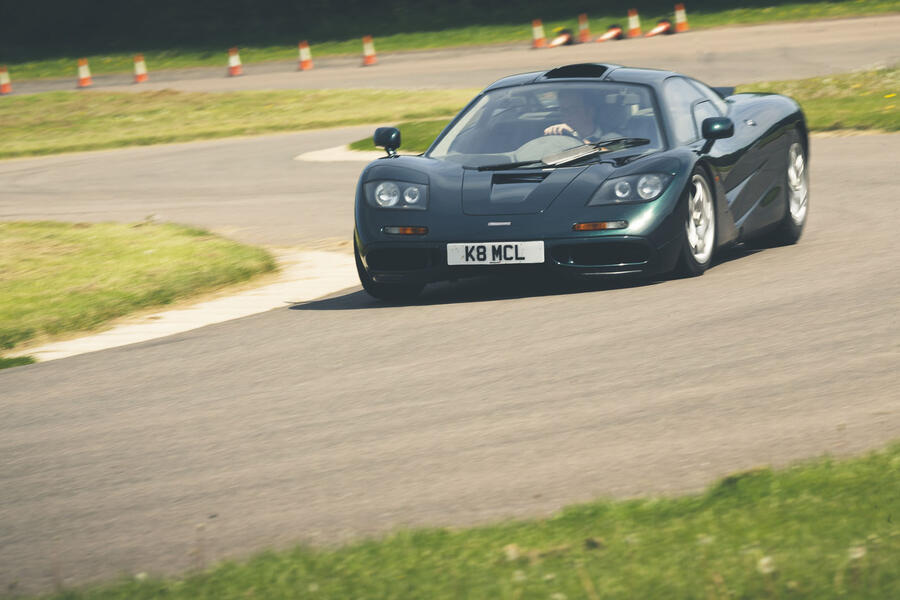
From our point of view, XP5 is the car. Although our road test actually involved three F1s (XP4, XP5 and production car 003), XP5 was the car we drove for hundreds of miles and on which our entire evaluation was based. It’s not quite the world’s most valuable F1, for that honour belongs to the 1995 Le Mans-winning F1 GTR, but its insurable value is quoted as £25 million. What’s more, it has been woken from a three-year sleep for this story. I am excited beyond words that I might drive it again but, curiously because I’m not as nice as this sounds, I’m even more excited for my colleagues who have yet to drive one. But then F1s do make you think in curious ways.
There is no rush. The weather is perfect and we have all day. So I sit in that central seat and, just for a moment, hit the rewind button. It was a test that had taken not weeks or months to arrange, but years. McLaren had made it clear from the start that it would allow just one set of performance figures to be extracted from the F1, and those figures would stand for all time.


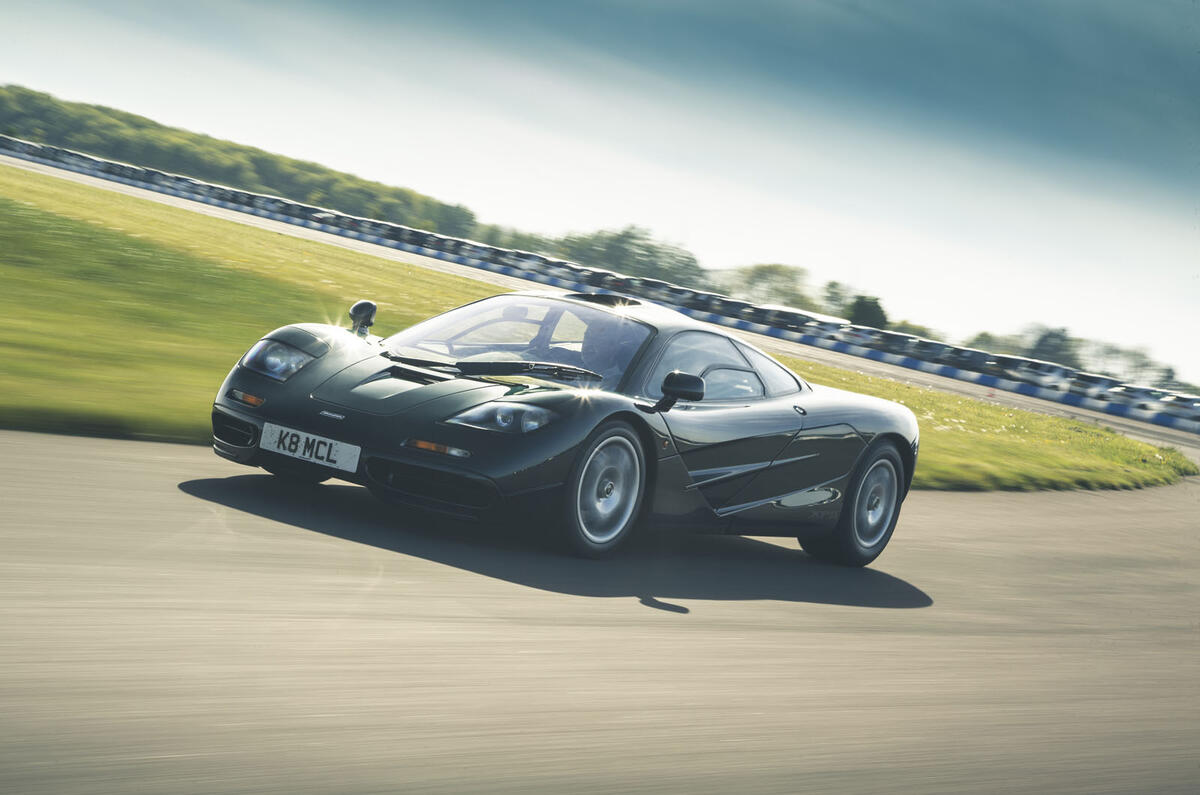

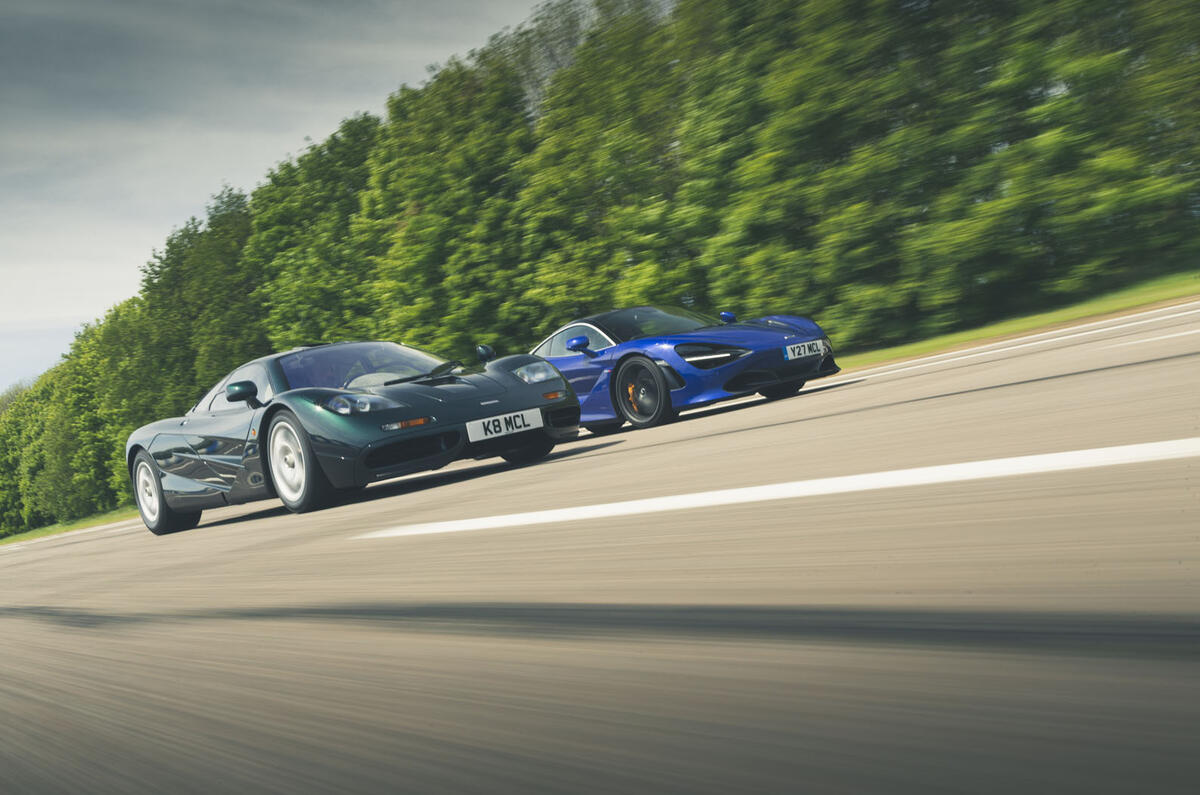



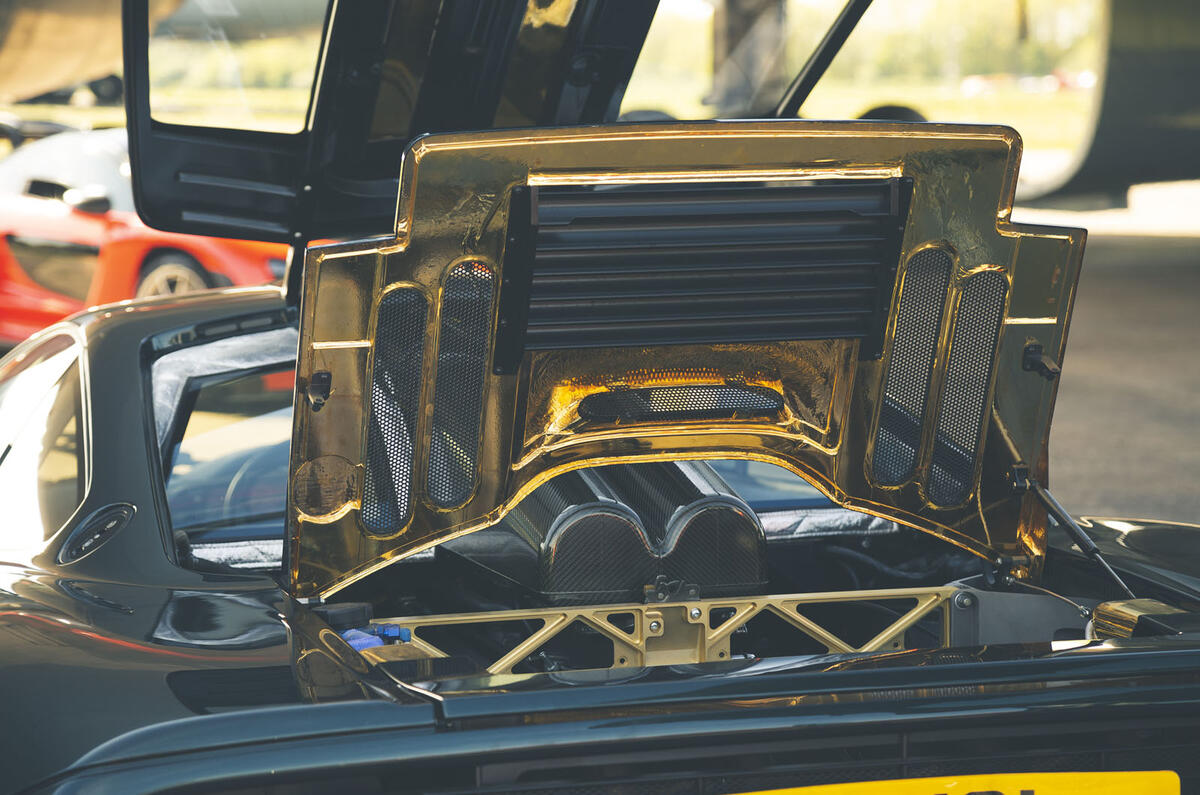























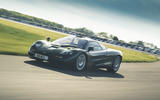




































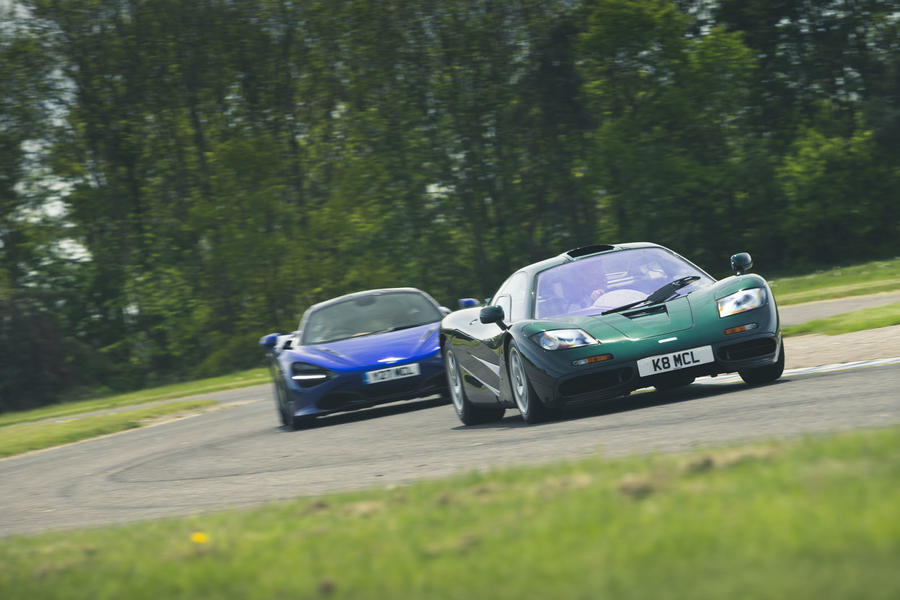
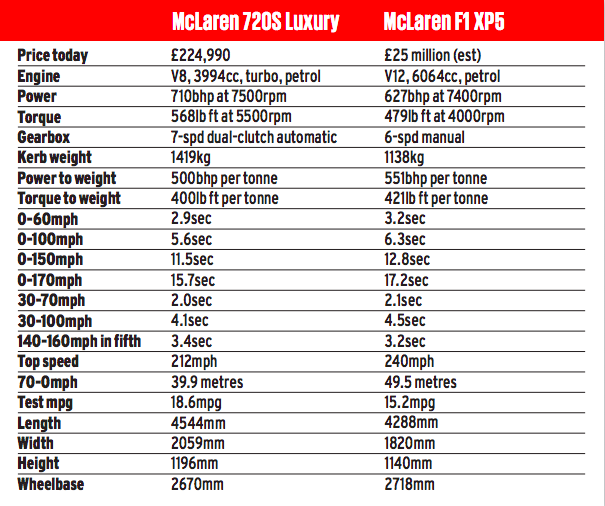





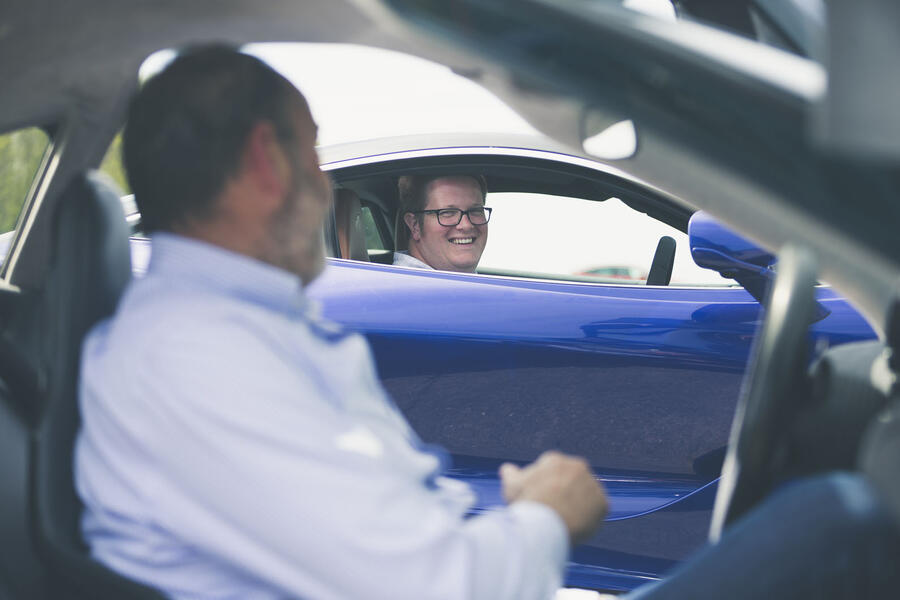

Join the debate
Add your comment
I remember almost shaking
I remember almost shaking with excitement when I saw THAT Autocar in the newsagents. Went straight out and sat in my car in the car park for an hour reading and re-reading it. Probably my all-time favourite car magazine moment. The '85 Countach v Testarossa issue of Car was great too but this, like the car, was on another level.
I remember reading the performance figures almost slack-jawed. What a machine. An absolute masterpiece. I don't think any new modern car could make a similar leap over its competitors.
Had a look..
having had the "Demuro tour" recently the car is an engineering masterpiece and will always be impressive. I believe it still holds the record highest top speed from a non turbocharged car. Martin Brundle tested it against some very stiff opposition and thought it was truly great rated it No1 when all things are taken into account. It also managed to win Le-Mans.